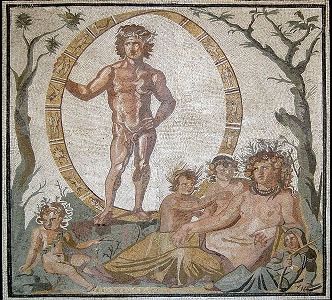Central part of a large floor mosaic, from a Roman villa in Sentinum (now known as Sassoferrato, in Umbria, Italy), ca. 200–250 C.E. Aion, the god of eternity, is standing inside a celestial sphere decorated with zodiac signs, in between a green tree and a bare tree (summer and winter, respectively). Sitting in front of him is the mother-earth goddess, Tellus (the Roman counterpart of Gaea) with her four children, who possibly represent the four seasons.
Public domain.
Myths about Uranus
Uranus, which was
discovered by
William Herschel in 1781, was unknown in ancient times. Astronomers decided to continue the practice of naming planets after deities in Greek and Roman mythology, so named this new planet after the Greek god Ouranos (Roman Caelus).
Ouranos was the son and husband of Gaea and the primeval god of the sky. His father is sometimes said to have been Aether (Air). He was the father of the Titans, the Cyclopes, the Hecatonchires, the Erinyes, and the Gigantes, the Meliae, and Aphrodite. He was horrified by his eldest children, and locked them up inside the Earth. But this caused Gaea a lot of pain, and she convinced her Titan sons to fight their father. Chronos (Saturn) - one of the Titans - castrated Ouranos with a sickle, and his blood cause the birth of the Erinyes and the Gigantes. We don't have art that shows Ouranos, but this image of a Roman mosaic from a villa in Italy does show his wife, Gaea, with the Anatolian god Aion, who was identified with both Chronos and Ouranos, and her children.
You might also be interested in:

How did life evolve on Earth? The answer to this question can help us understand our past and prepare for our future. Although evolution provides credible and reliable answers, polls show that many people turn away from science, seeking other explanations with which they are more comfortable.
...more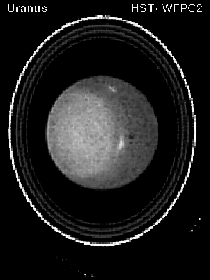
Astronomer William Herschel is credited with the discovery of Uranus in 1781. He was using a telescope he built himself when he spotted a dim object. He monitored it for years and determined it had to
...more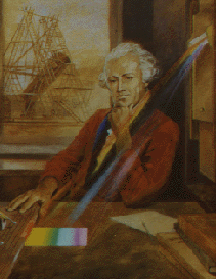
William Herschel was born in Germany and lived in England while he worked as an astronomer. He lived between 1738-1822. He built reflecting telescopes of high magnification, that let him observe the universe
...more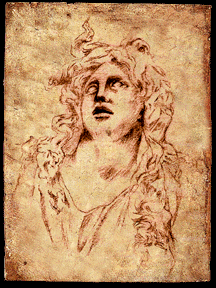
Gaea was the great deity of the early Greeks. She represented the Earth and was worshipped as the universal mother who had created the universe and borne both the first race of gods (the Titans) and the
...more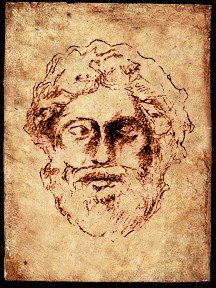
Following the defeat of the Titans by the Jovian gods, Hades obtained the kingdom of the underworld. One day, while he was riding through the field of battle, the goddess Aphrodite had her companion Eros
...more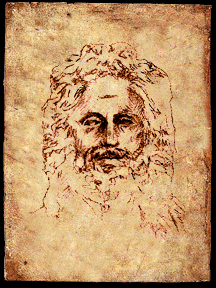
In Roman mythology, Jupiter was the king of heaven and Earth and of all the Olympian gods. He was also known as the god of justice. He was named king of the gods in the special meeting that followed his
...more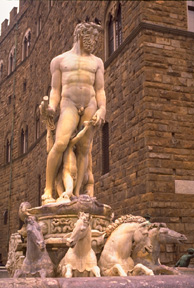
Neptune was the name that ancient Romans gave to the Greek god of the sea and earthquakes, Poseidon. He was the brother of Jupiter (Zeus) and of Pluto (Hades). After the defeat of their father Saturn (Cronos),
...more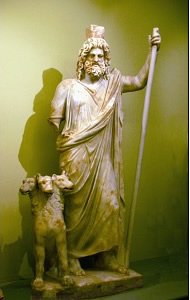
Following the defeat of the Titans by the Jovian gods, Pluto obtained the kingdom of the underworld. One day, while he was riding through the field of battle, the goddess Venus had her companion, Cupid,
...more
